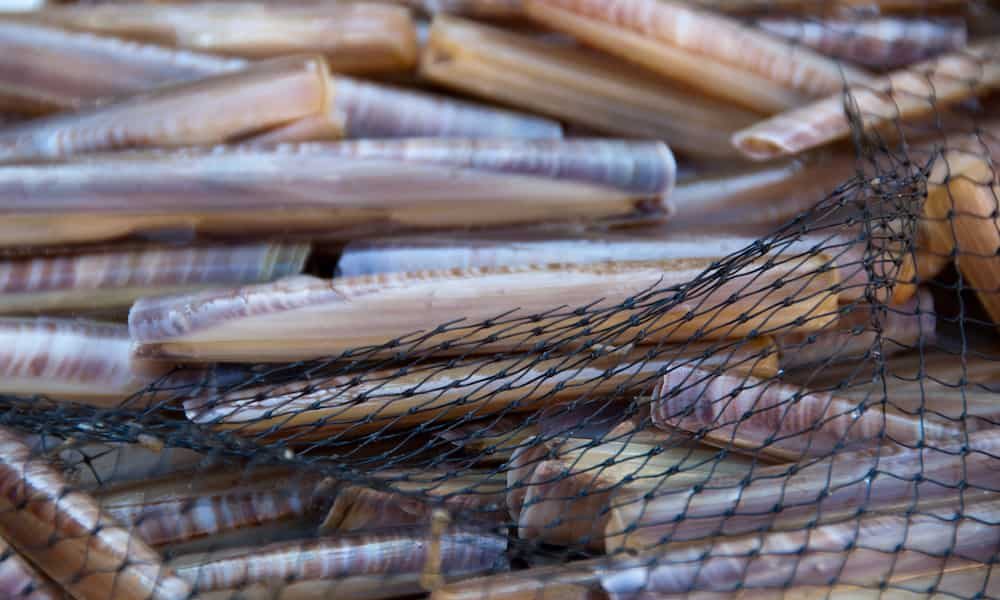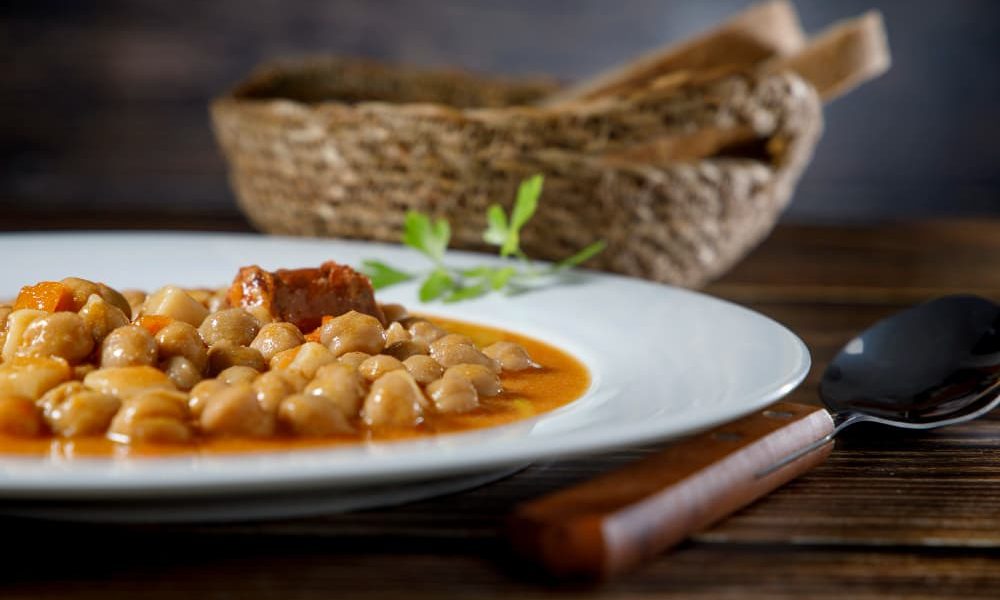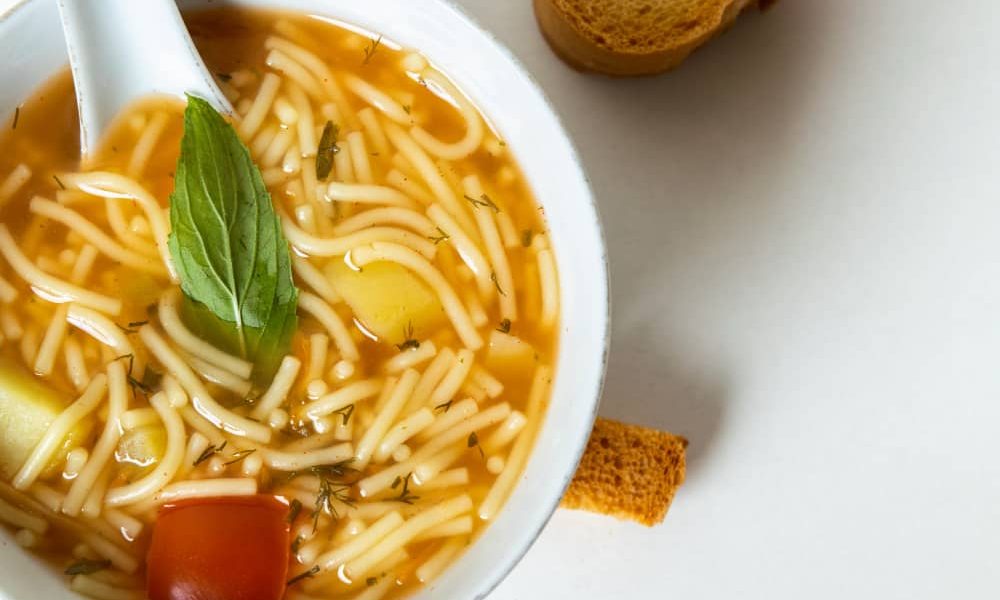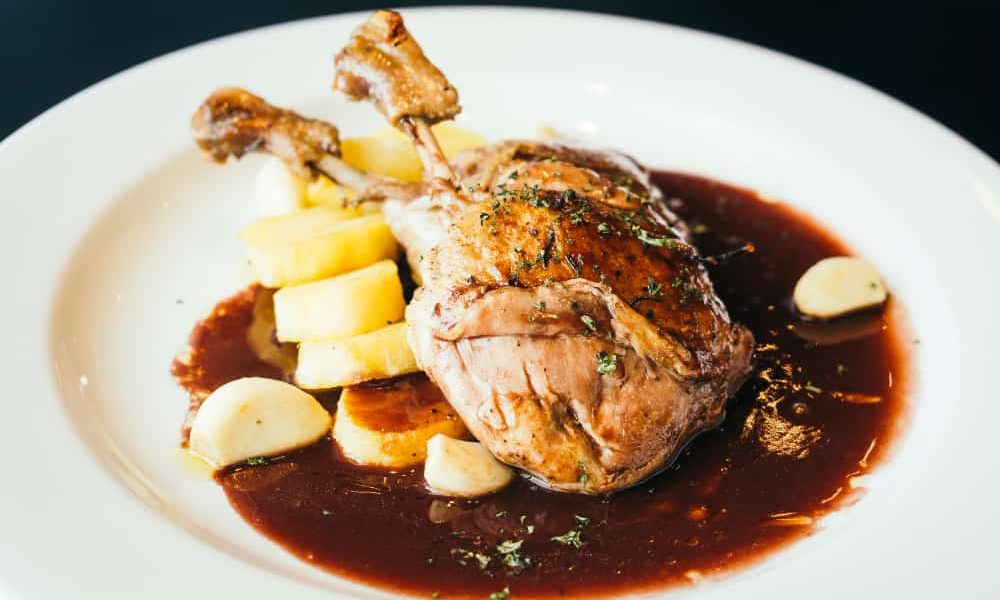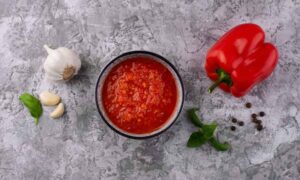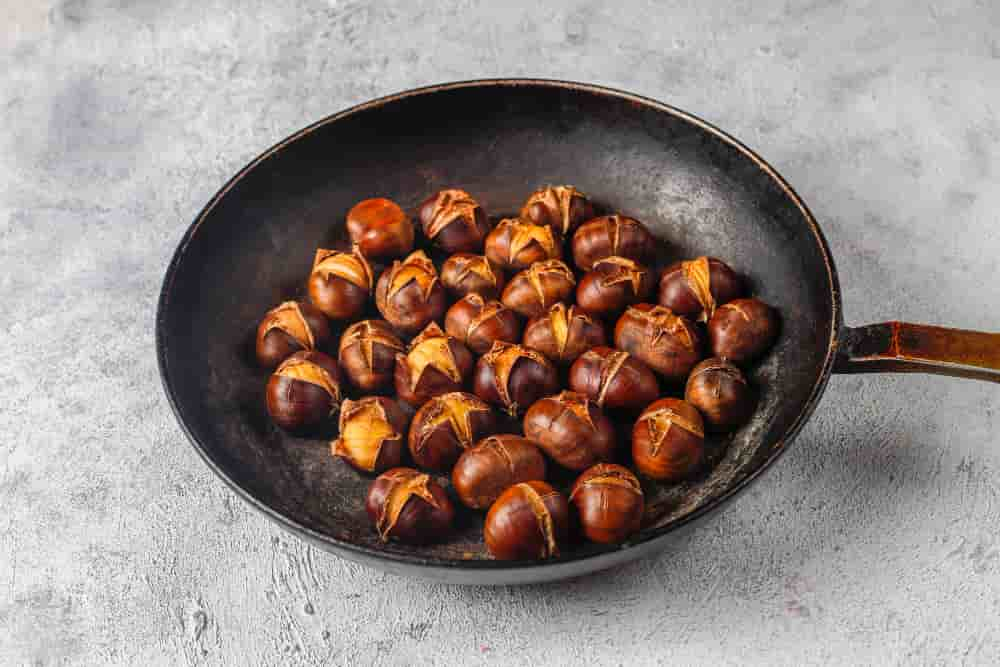
Not everyone knows how to cook chestnuts to preserve all their flavor and enjoy them to the fullest. Follow these steps and you will be able to do it well and without errors.
Welcome to a new culinary article in our How to Do It All magazine, where we will dive into the heart of an autumn tradition: learning how to cook chestnuts. This food full of flavor and nutrition It is a must-have in the colder months.
Today we will not only learn how to cook chestnuts correctly, we will also share some useful tips and mistakes to avoid to ensure that you enjoy chestnuts at their best. So, without further ado, let’s get started!
What do you need to cook chestnuts?
Ingredients
To cook chestnuts, you’ll actually only need two essential ingredients, although you might consider adding some optional ones to enrich the flavor.
Fresh and good quality chestnuts
When selecting chestnuts, it is essential that you look for the that they are fresh and have a shiny, firm and spot-free shell. Additionally, they must be heavy for their size.
The amount will vary depending on how many people are eating and how much they like chestnuts. As a general rule, you can consider 500 grams of chestnuts Serves about 4 people, although if you’re a real chestnut lover you might want to have a little more.
Salt to taste
Salt is an optional ingredient, but highly recommended. When added to cooking water, salt can help highlight and intensify the naturally sweet and earthy flavor of chestnuts.
However, it is important to remember that you can always add more salt after cooking if necessary, so it is best to start with less to avoid making the chestnuts too salty.
Utensils
Cooking chestnuts does not require many utensils. Here are the essentials you’ll need to have on hand:
a sharp knife: It is important that the knife is very sharp to be able to make a clean and precise incision in each chestnut. This cut will allow the cooking water to penetrate the chestnuts and make them easier to peel once cooked.
a large pot: The pot should be large enough so that all the chestnuts can boil comfortably in it. The chestnuts must have enough room to move, otherwise they may not cook evenly.
A colander or strainer: This utensil is essential to drain the water after cooking the chestnuts. A colander with handles can be especially useful to prevent hot water burns.
Steps to cook chestnuts
Step 1: Preparation of the chestnuts
Preparation is crucial for successful cooking of chestnuts. First, you should wash the chestnuts under cold water to remove any dirt or residue that may be on the shell. Make sure you scrub them well, as the dirt can be a little stubborn.
Then, with a sharp knife, make a cut in the flat part of each chestnut. The cut should be horizontal and should not go through the entire chestnut, just the shell and a little of the inside.
This step is essential because it allows water to penetrate the chestnuts during cooking, which will soften them and make them easier to peel later.
Step 2: Cooking the chestnuts
Now that your chestnuts are prepared, it’s time to cook them. Fill a large pot with water and add the salt. Bring the water to a boil over high heat and, once the water is boilingadd the chestnuts.
Reduce the heat to medium-high and let the chestnuts cook for about 15 to 20 minutes. The exact duration can vary depending on the size of the chestnuts and how tender you like them. A good way to check cooking is prick a chestnut with a fork; If it goes in easily, the chestnuts are ready.
Step 3: Cooling and Peeling
Once cooked, use the colander to drain the hot water and let the chestnuts cool for a few minutes. But beware! Don’t wait for them to cool completely before peeling them.
Chestnuts are best peeled when they are still warm, as the shell and inner skin tend to stick to the chestnut meat as they cool.
Useful tips and mistakes to avoid
Although cooking chestnuts may seem simple, there are some tips and tricks that can make a big difference in the final result:
Chestnut selection: As we mentioned before, make sure to choose chestnuts that are heavy and firm to the touch. Those that have dark spots or appear light may be rotten inside, and will not offer a good flavor.
Make the incision before cooking: This step is essential. Don’t forget to make the incision in the chestnuts before cooking them. Otherwise, the chestnuts could explode during cooking due to the pressure of the steam accumulated inside.
Peel while they are hot: Although it may be tempting to wait until the chestnuts cool to peel them, it is best to do so while they are still warm. Once they cool, the inner skin adheres to the chestnut and can be very difficult to remove.
Conclusion
Cooking chestnuts is an autumn art that anyone can master with a little practice. By following these simple steps and taking into account the advice and warnings mentioned, You can enjoy delicious chestnuts cooked at home.
Remember that, as with any culinary skill, practice makes perfect. So, It’s been said, let’s cook chestnuts!
